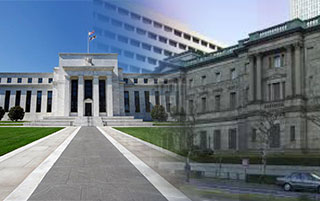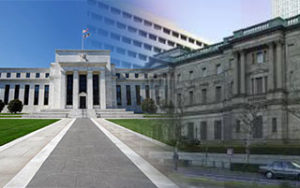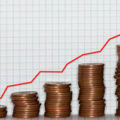The Fed and the BOJ will announce their next steps on Wednesday. It is widely expected that the Fed will leave rates unchanged. According to Bloomberg only 20% of the analysts are expecting the Fed to hike interest rates. On the other side of the Pacific, the Bank of Japan – BOJ – is expected to ease monetary policy – increase money supply. According to a Reuters poll, only 60% of economists expect the BOJ to ease its policy. This leaves the market open to a wide variety of possibilities.
It is well known that the US job market has been showing signs of strength, although inflation remains below the 2% mark that the Fed has thus far said it will base its policy on. This is probably why most experts think that the Fed will not raise rates. Nevertheless the Fed held off on rate increases for the past 10 months, although the markets expected those increases to take place. Besides adding to market uncertainty, the Fed could well be setting expectations that will only be broken.
Analysts might now be thinking that the Fed will not raise rates because it has not done so until now despite declaring it will at the beginning of the year, and also because it doesn’t want to rock the boat before the elections. They might all be in for a surprise if during Wednesday’s meeting, the Fed does the opposite of what the markets expect it to do, like it has done several times before this year. If the Fed indeed comes out with a rate hike, and the BOJ eases, then monetary divergence will become a reality.
This could create a double effect on the market, strengthening the USD while at the same time the Japanese Yen weakens. Apart from that, it will may well trigger more capital inflows into the US bond markets while draining capital from Europe, Japan and some emerging markets. This could bode well for exporters in those markets, but could raise volatility in both stock and bond markets.
In the event that the BOJ keeps its monetary policy unchanged, and the Fed raises the rate, the effect will be much less pronounced. This will allow for a more gradual and less volatile shift in markets, which is preferred. However, both the Fed and the BOJ will probably leave their policies unchanged, which means lower for longer will be prolonged even more. Markets are already suffering from an excess of cheap money, so divergence through a Fed rate hike while the BOJ stays its current course, is clearly the best outcome for the world economy.





